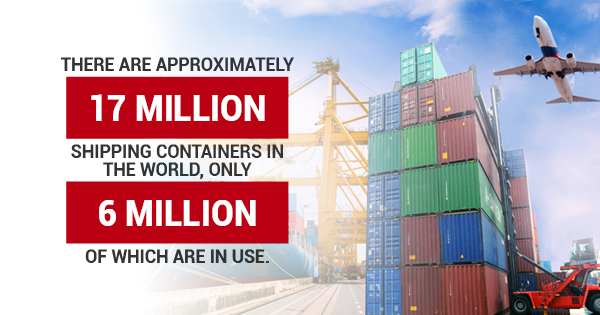Shipping container studios and restaurants have been a growing trend for nearly a decade now. This shipping container store trend is thought to have been pioneered by Starbucks in 2011 when they opened a 450 square foot shipping container store in Washington. This continued to spark further interest, and in 2015, Taco Bell debuted a 1,080 square foot pop-up store made from a shipping container and opened a permanent shipping container store in California in the beginning of 2017. Since then, shipping container cafes have continued to serve a number of purposes when it comes to experiential marketing. Here are just a few reasons to consider using modified shipping containers for cafes and restaurants.
Mobility
Shipping container technology has evolved quite a bit since its inception, and now, they’re more adaptable and mobile than ever. Not only can they be relocated almost anywhere with ease, but they have minimal setup times and can be modified and changed based on design and functionality needs.
Sustainability and Eco-Friendliness
Some people don’t realize this, but shipping crate restaurants are known for their sustainable advantages over traditional construction. Their reusability decreases waste, and they’re often made with eco-friendly materials and features as well. Traditional construction, however, takes exponentially longer and generates significantly more waste.
Unique and Elegant Appeal
Some 11 million unused shipping containers around the world could potentially be used for a variety of purposes. The fact remains that these containers are a growing trend that’s versatile and one-of-a-kind. Shipping container studios and cafes allow businesses to showcase their best elements through individualistic experiential marketing campaigns that truly make an impact on consumer and brand awareness. Plus, their sustainable benefits align perfectly with the evolving values of most consumers, making them more likely to endorse your business.
“Pop up restaurant spaces and restaurants made out of shipping containers are in line with current trends. Whether right or wrong or a total non-issue, in this day and age, people like seeing things being reused, recycled, and adapted. Bottom line — shipping container stores often attract business just based off appearance,” writes Mary Lakzy on LinkedIn.
There are approximately 17 million shipping containers in the world, only 6 million of which are in use. Taking the time to inform yourself of these advantages can help you make the best financial decisions for your business’ evolving needs. For more information about shipping container modifications, contact IPME.

